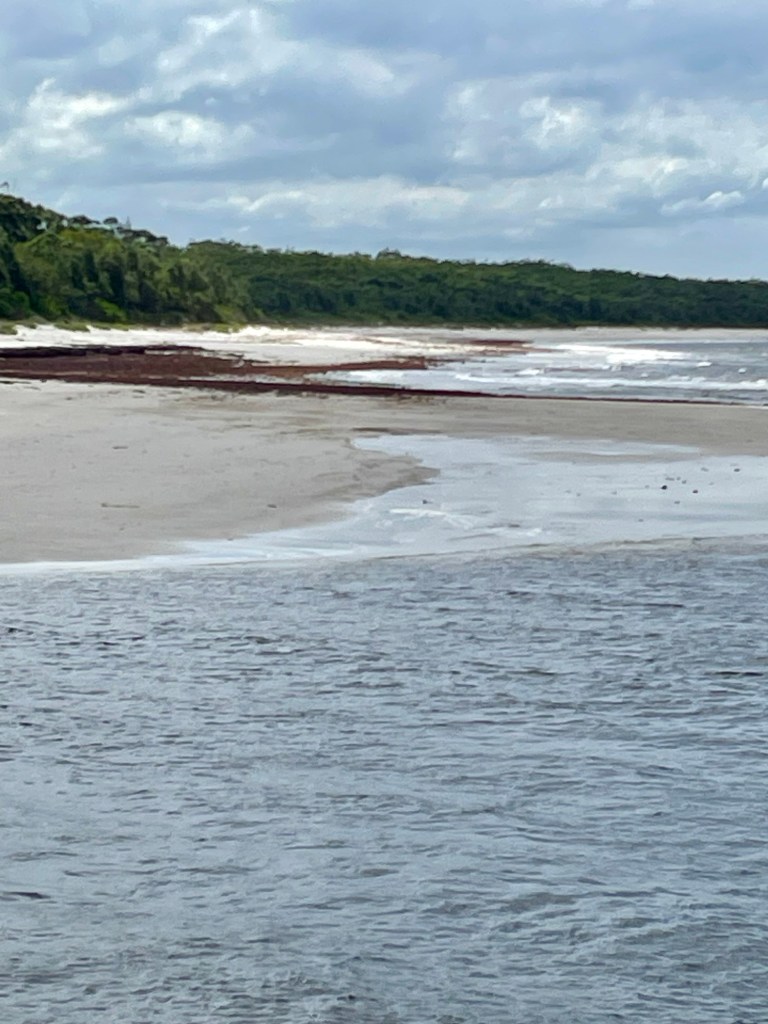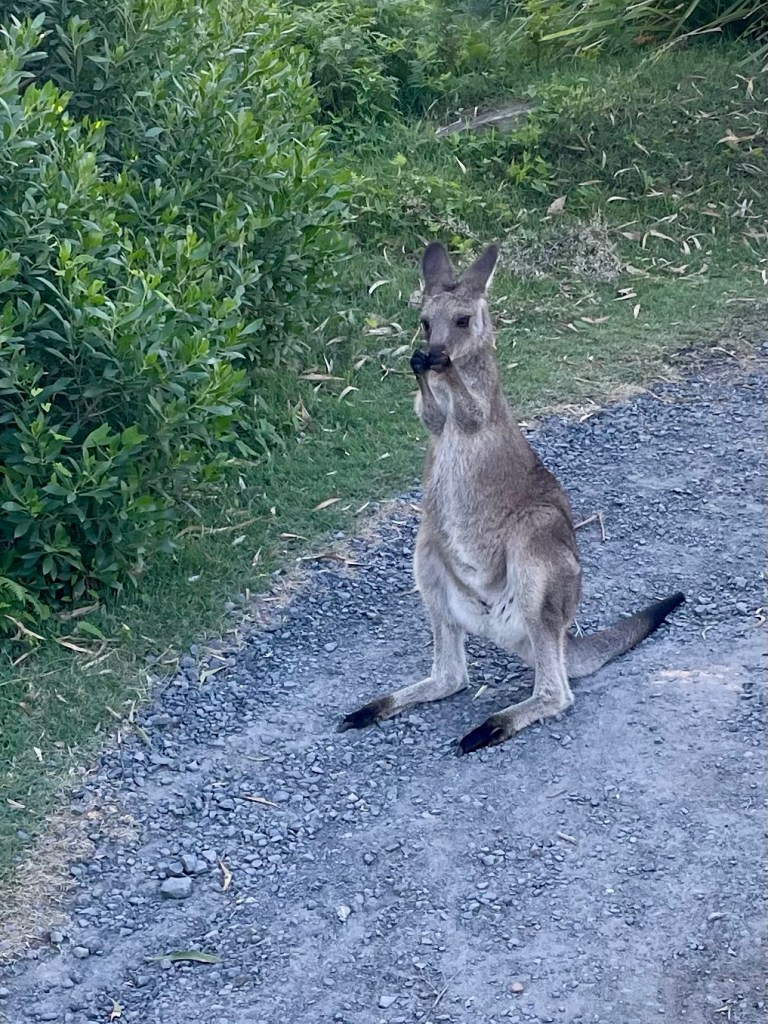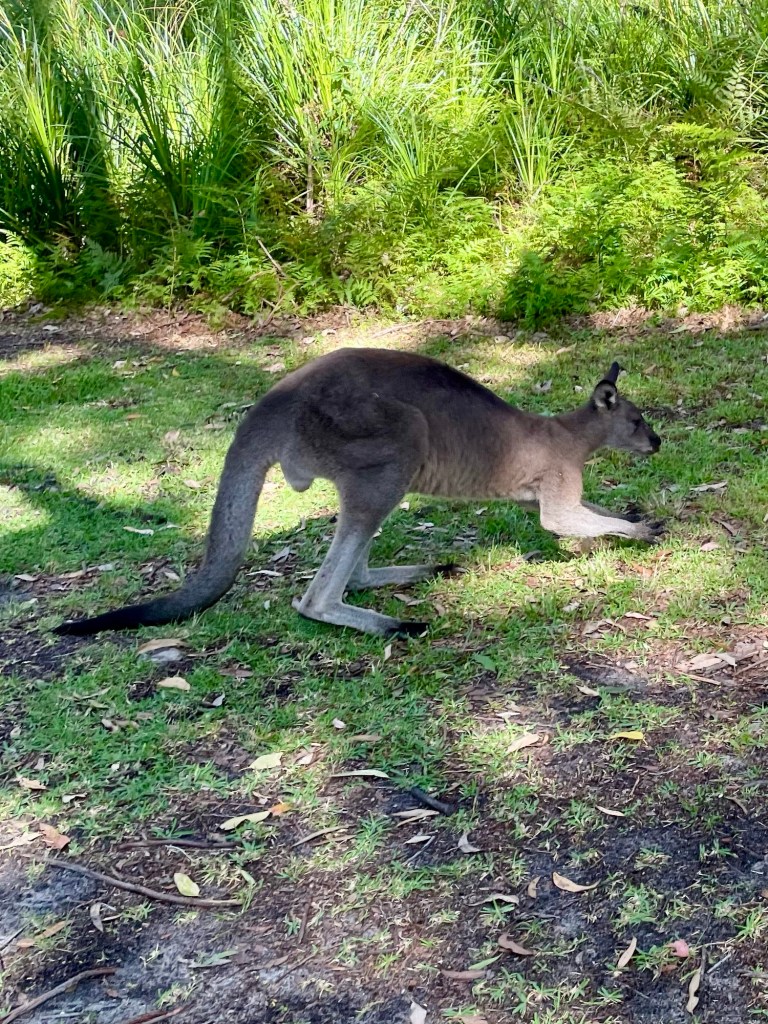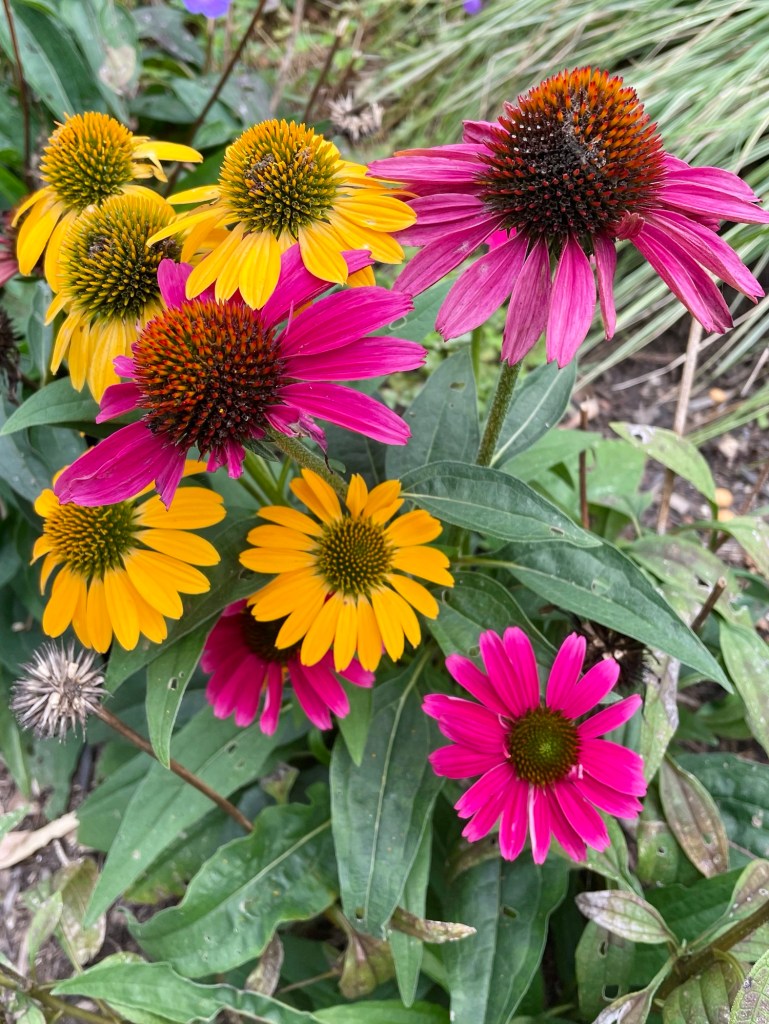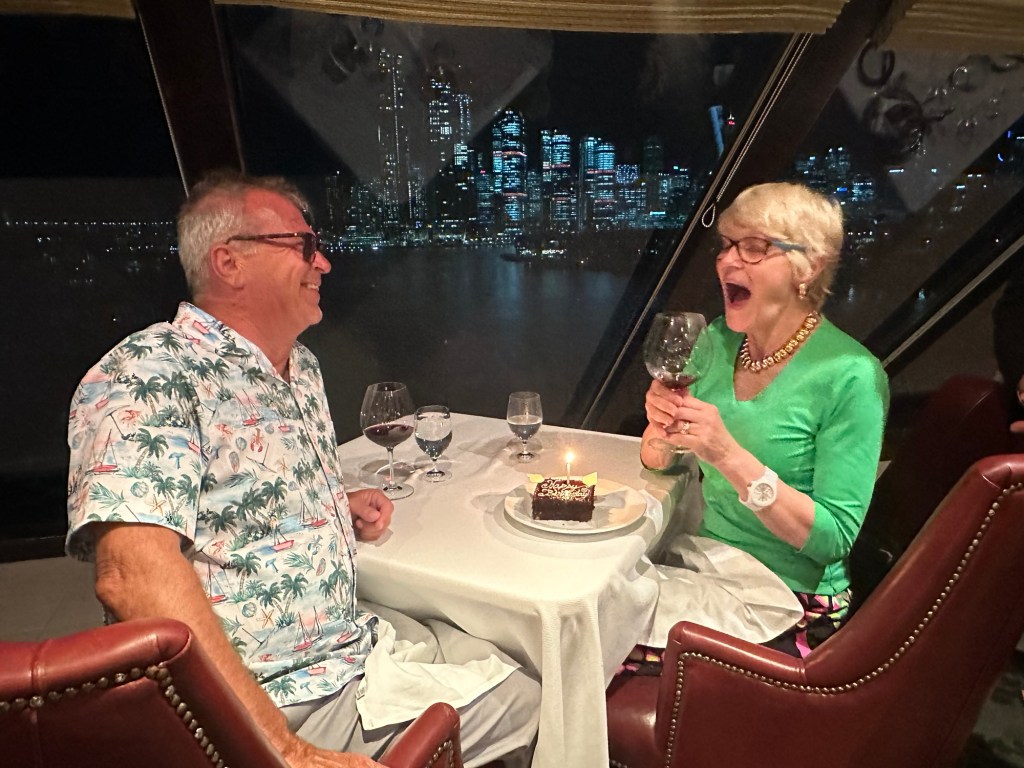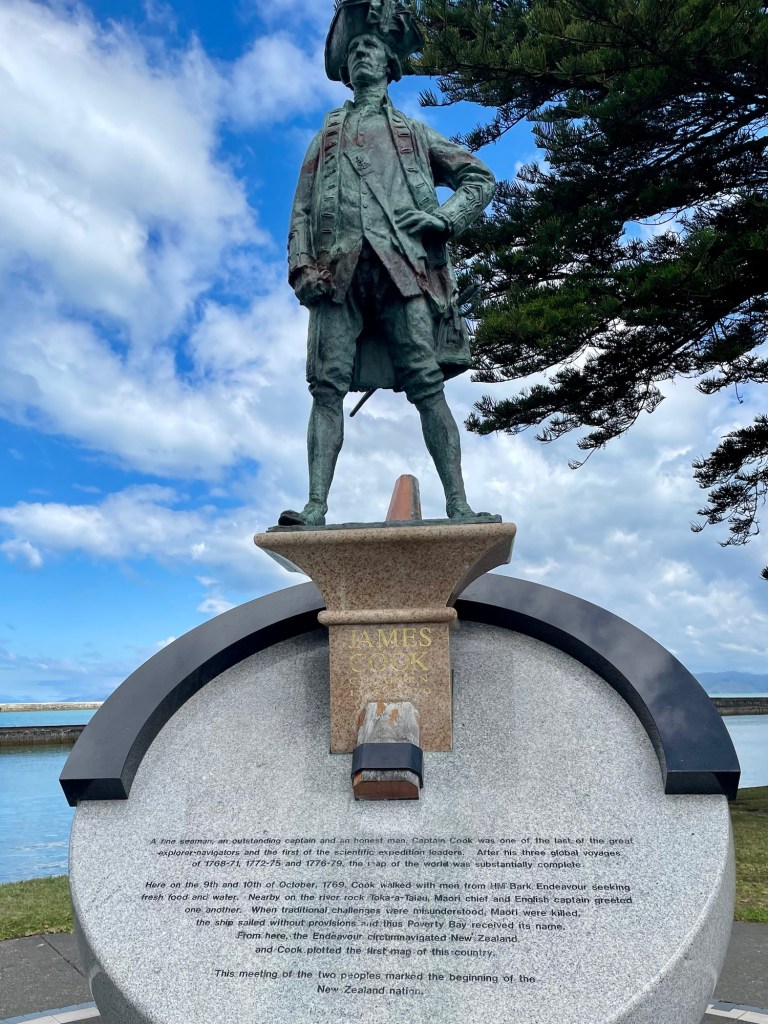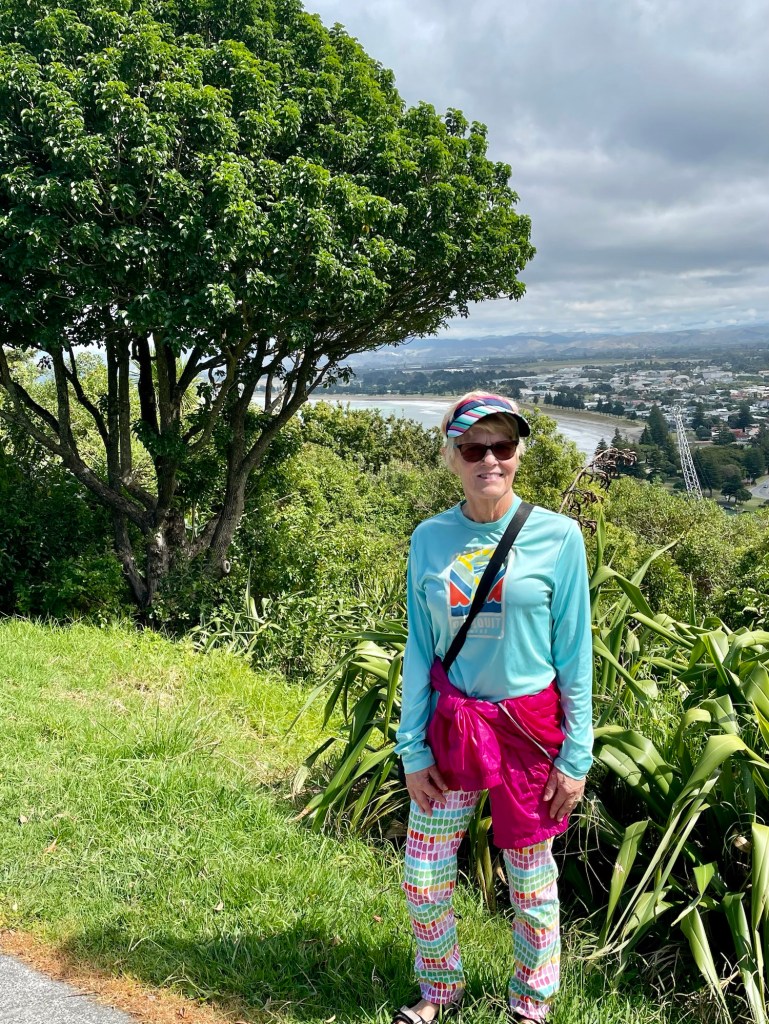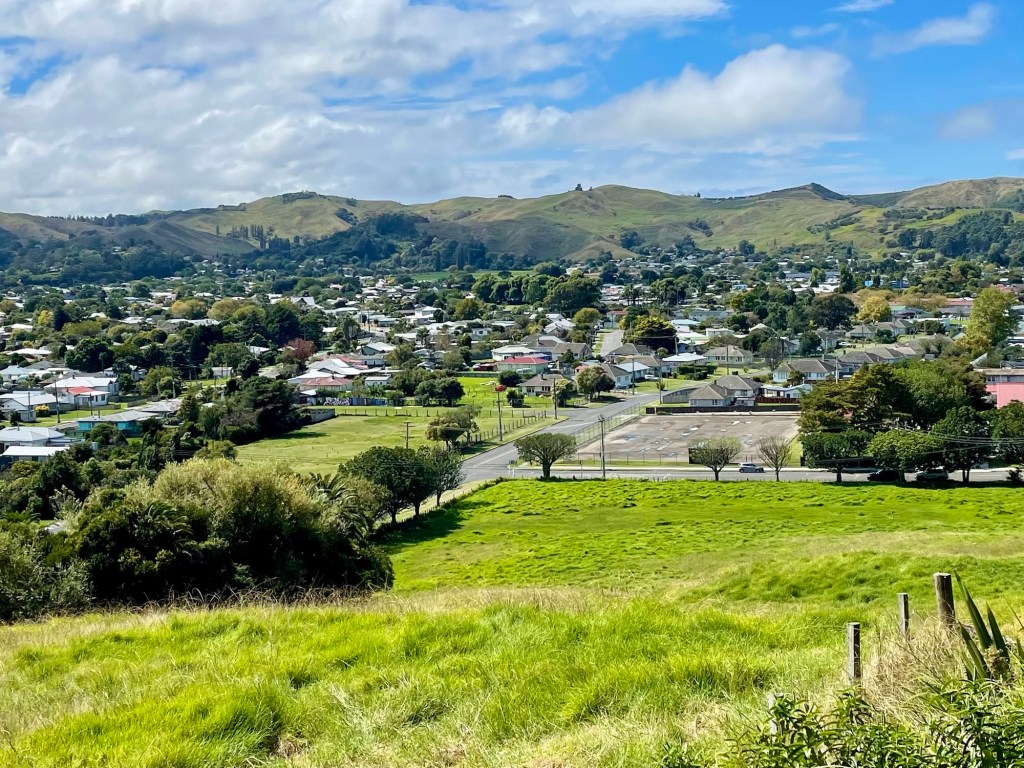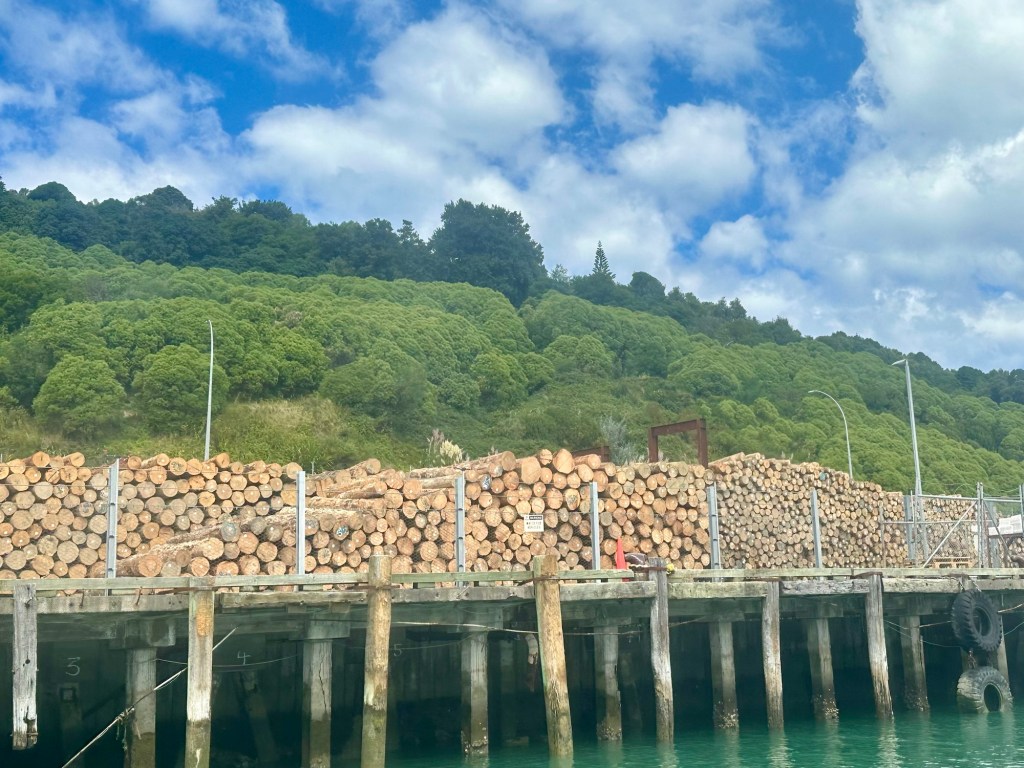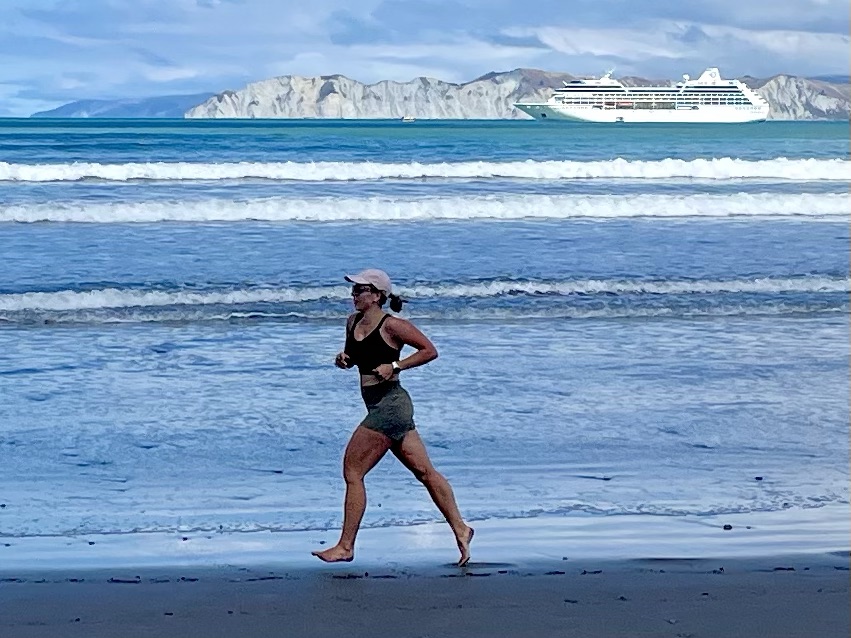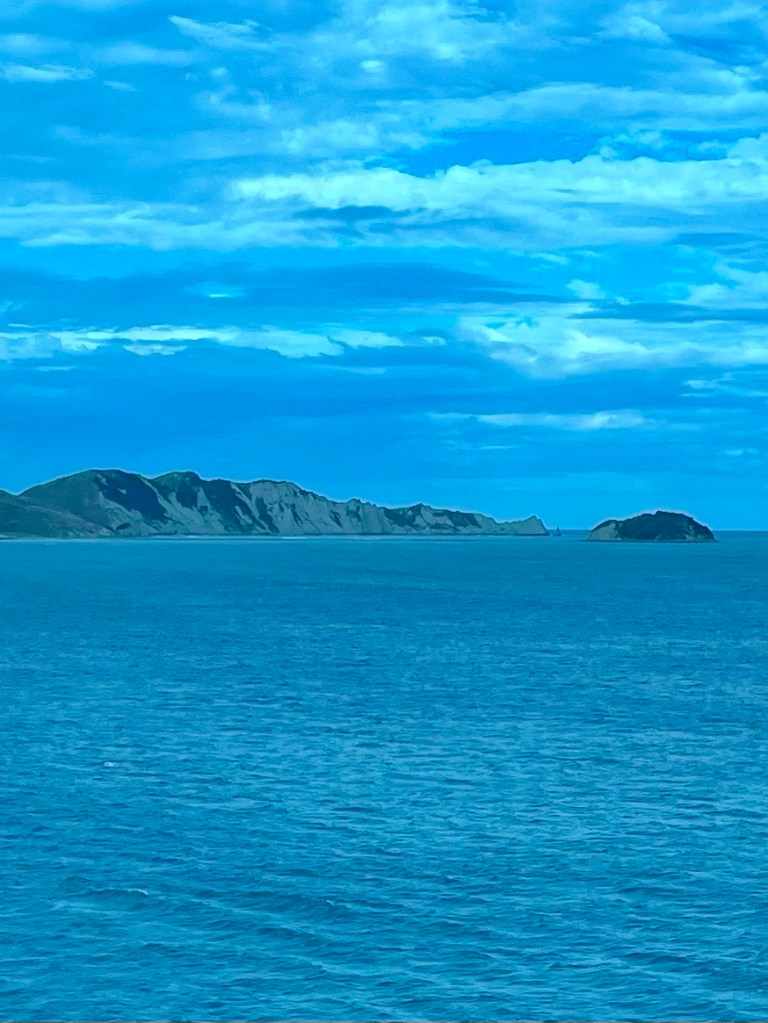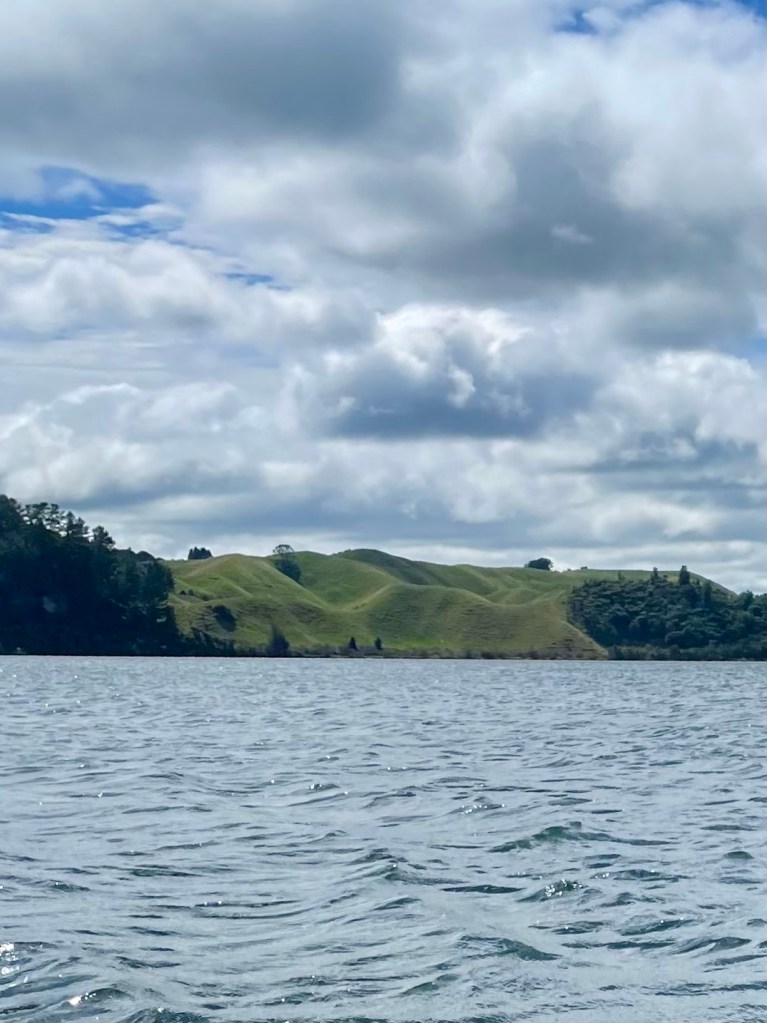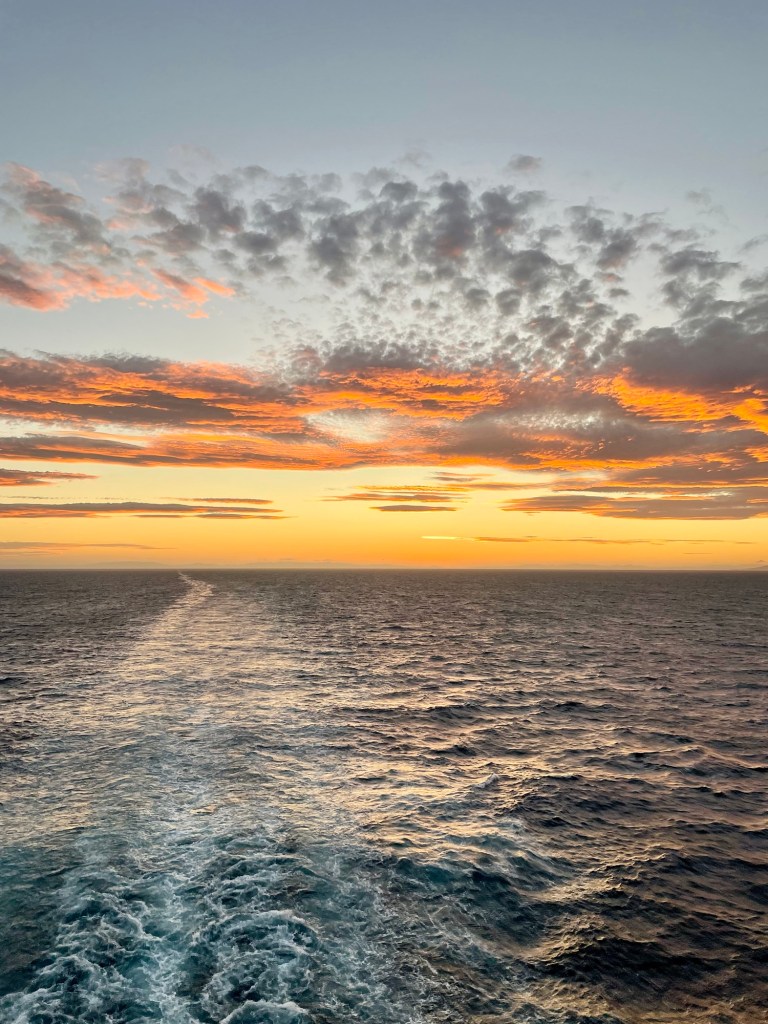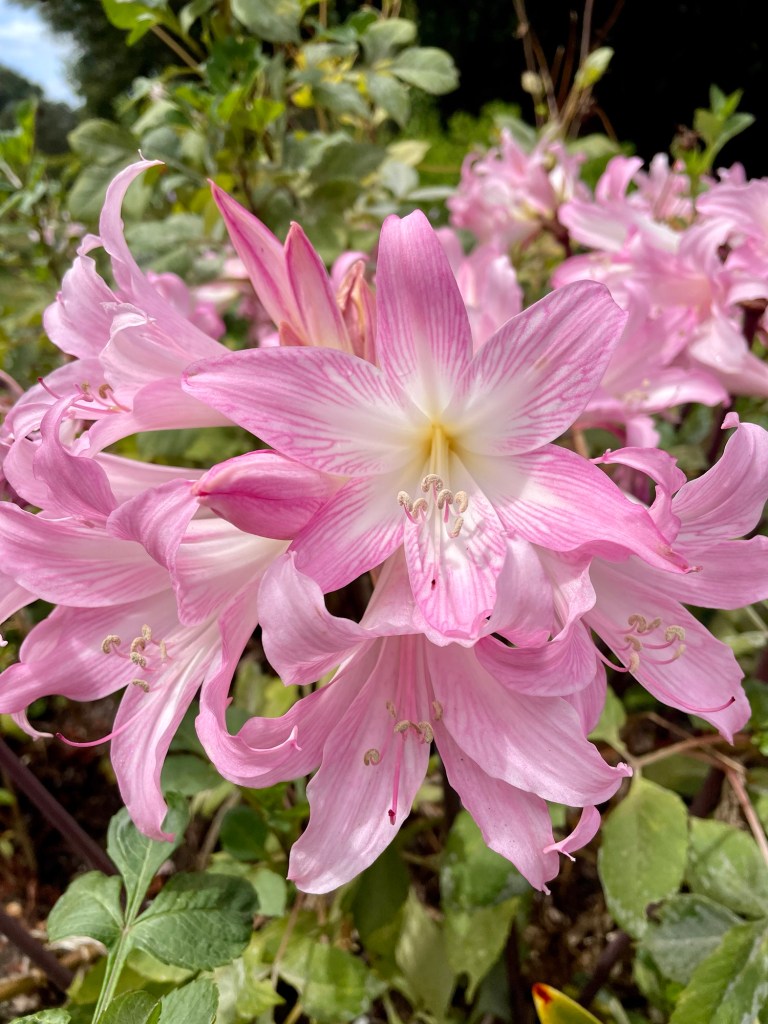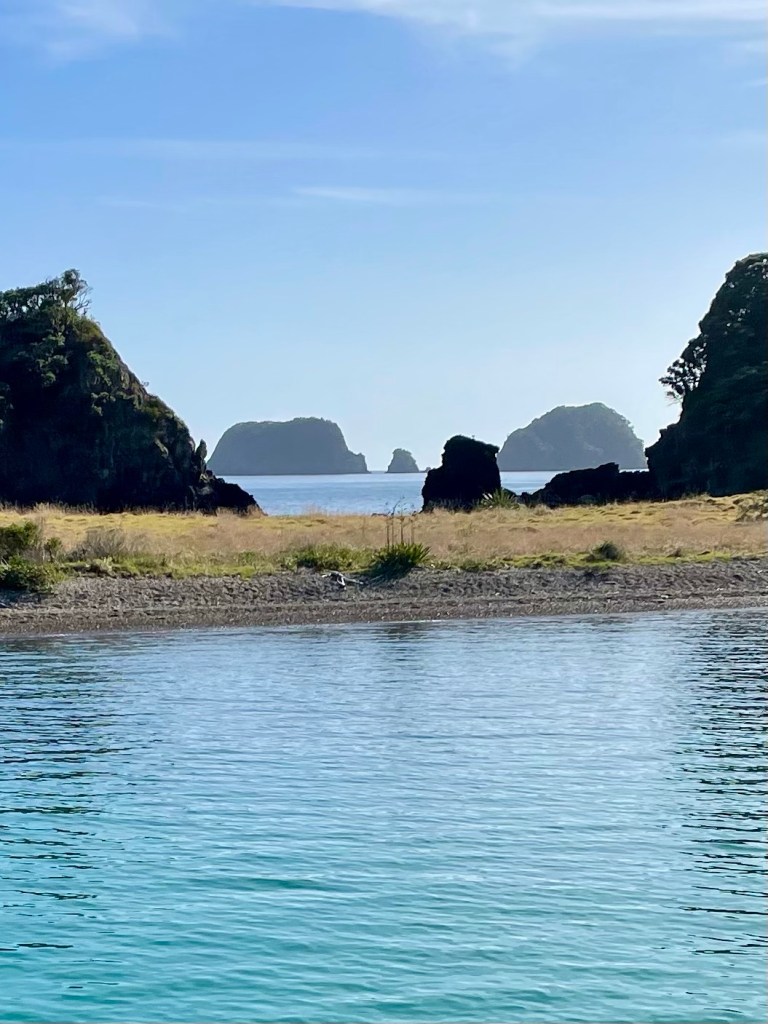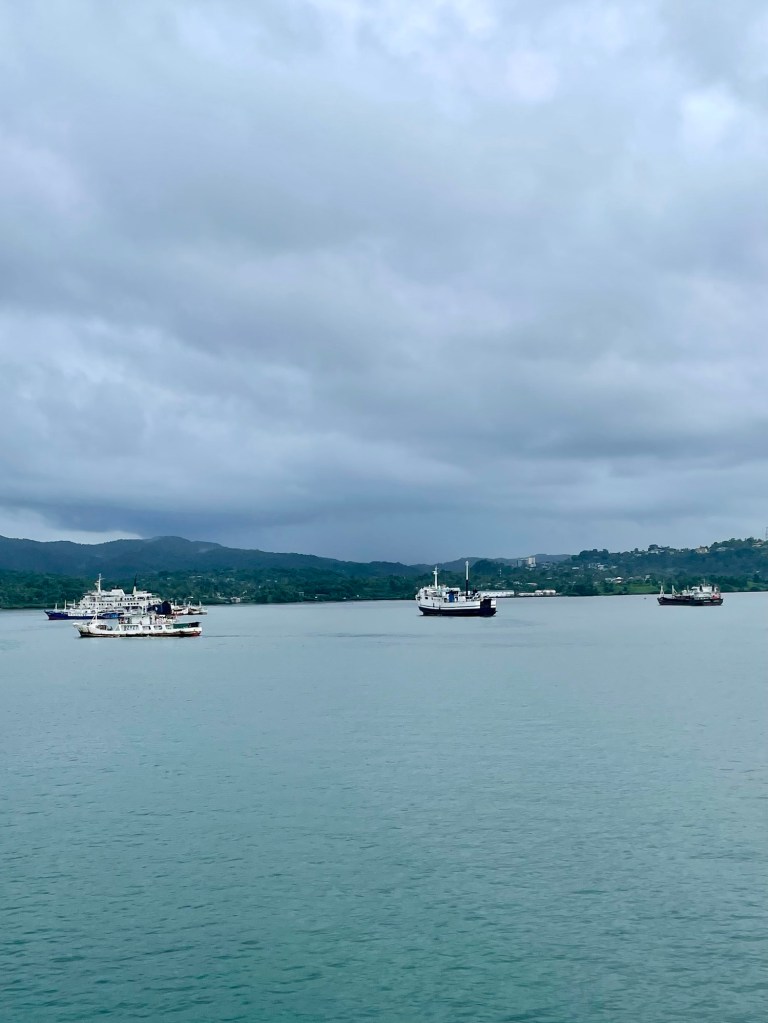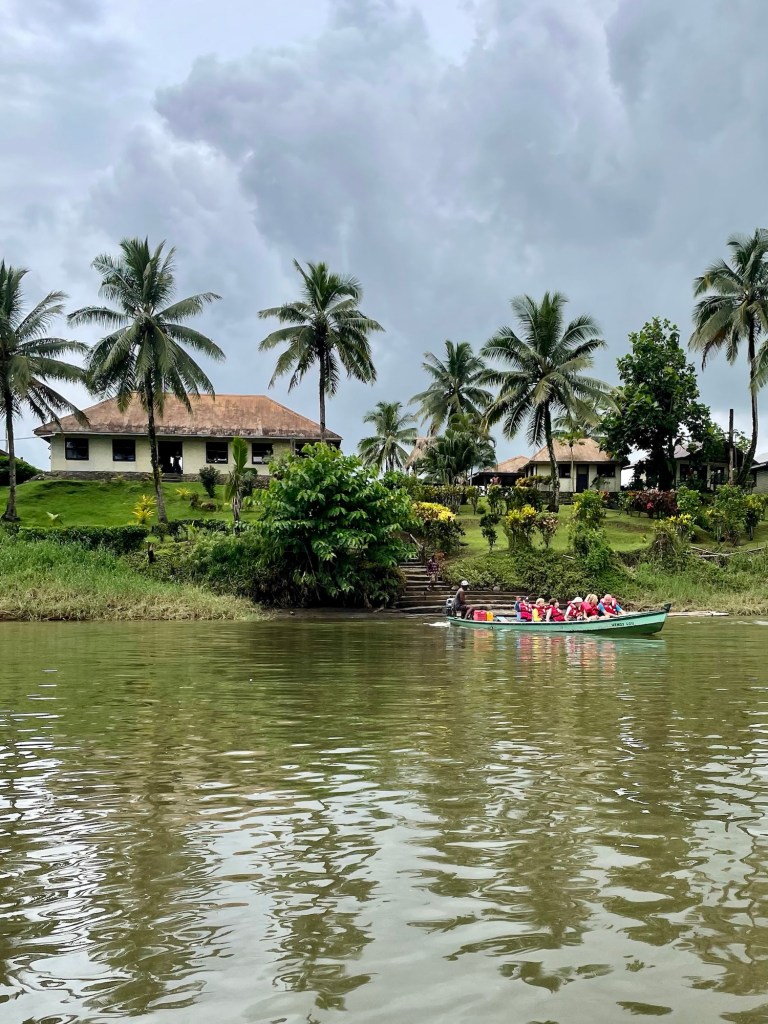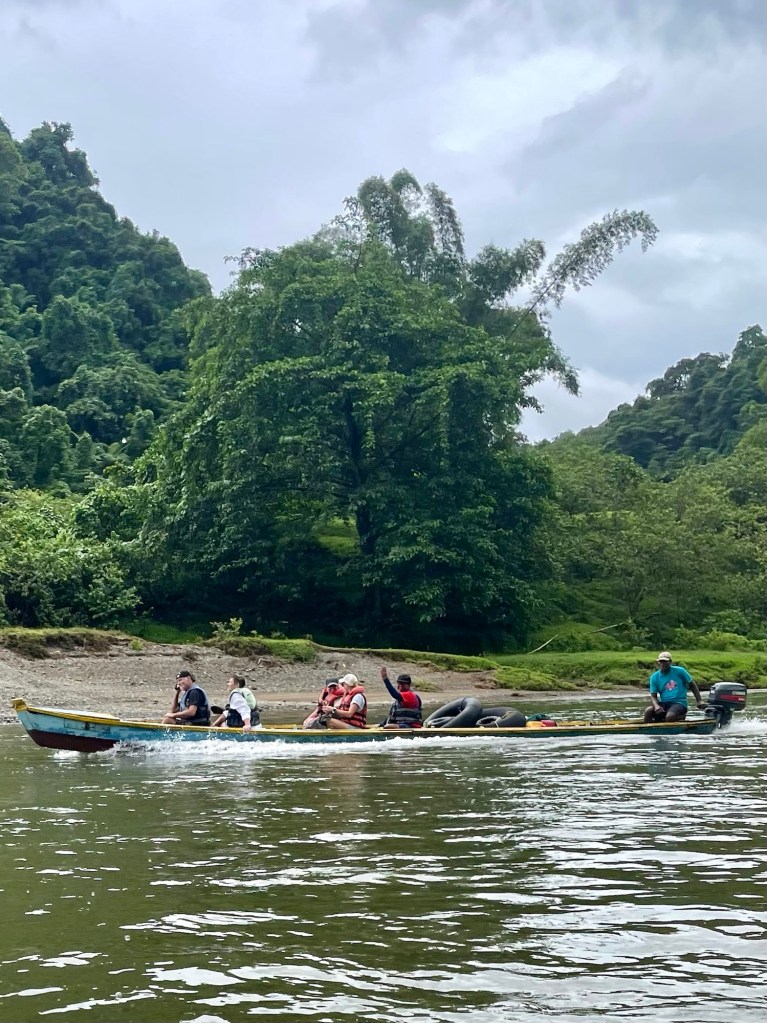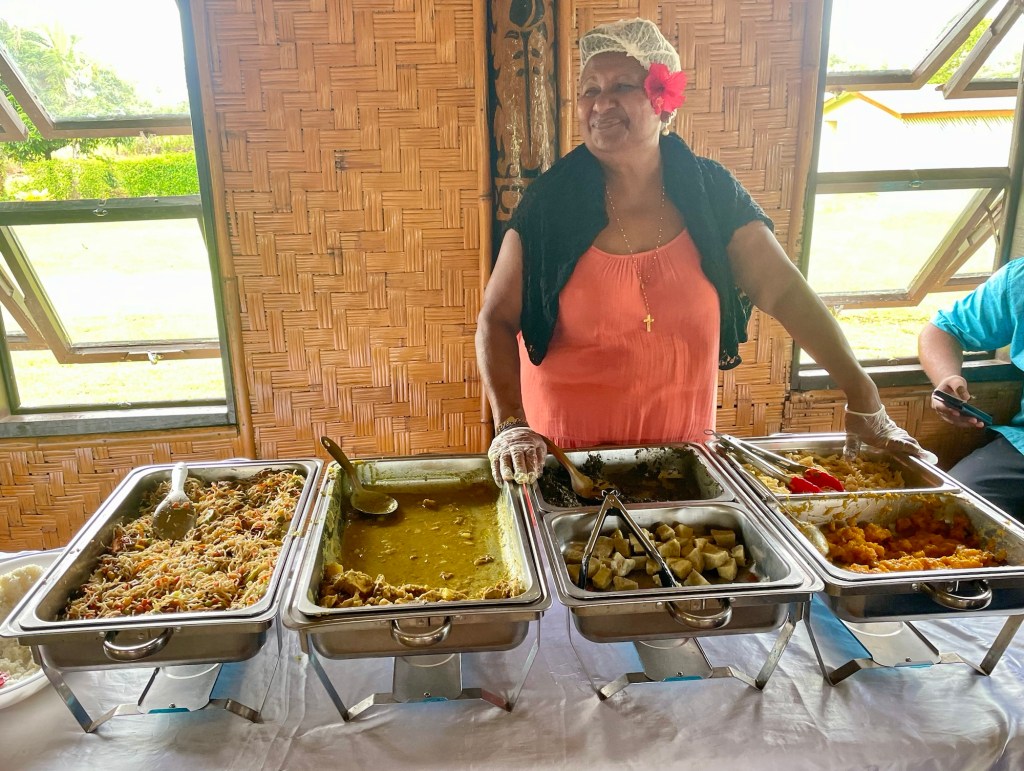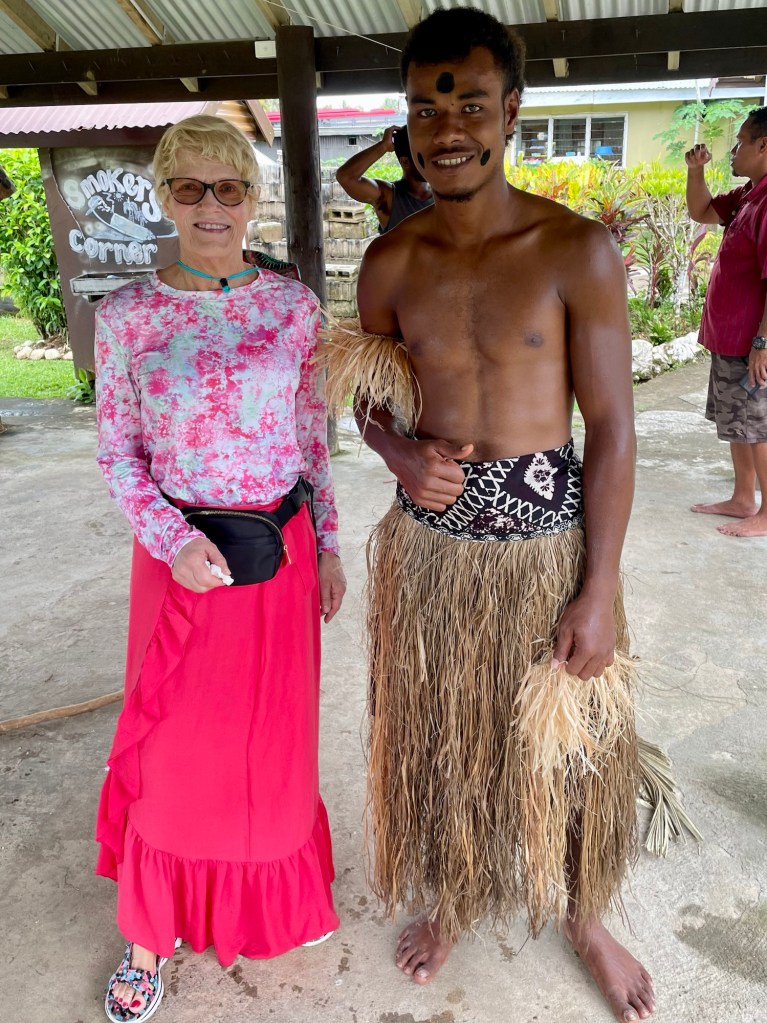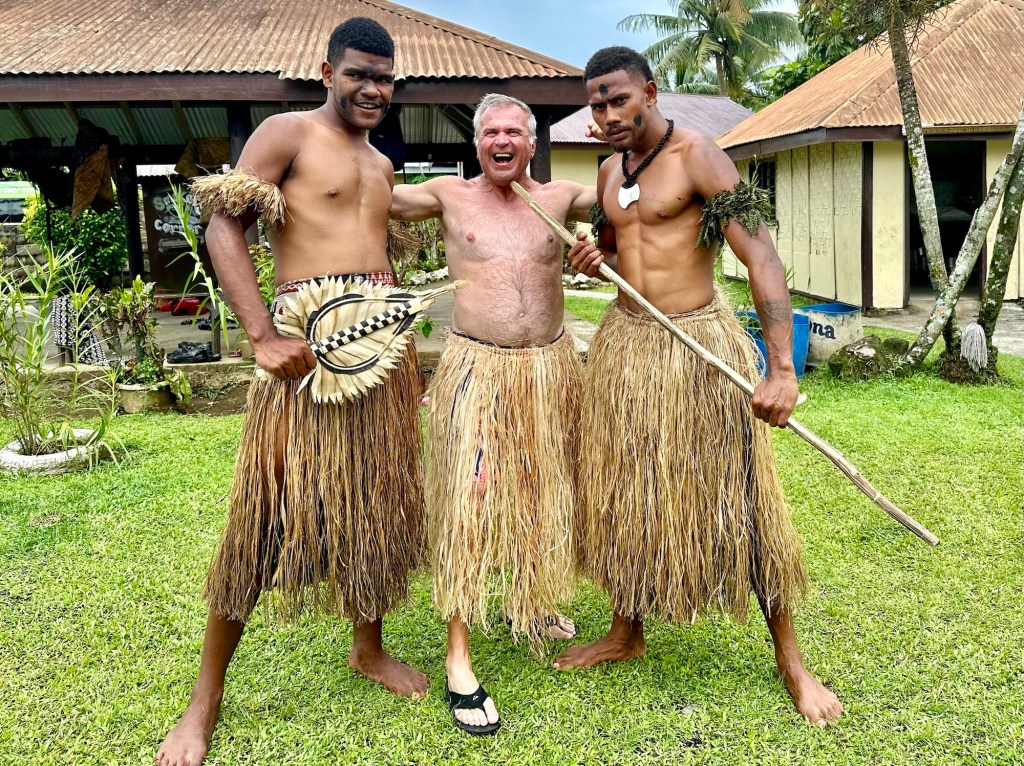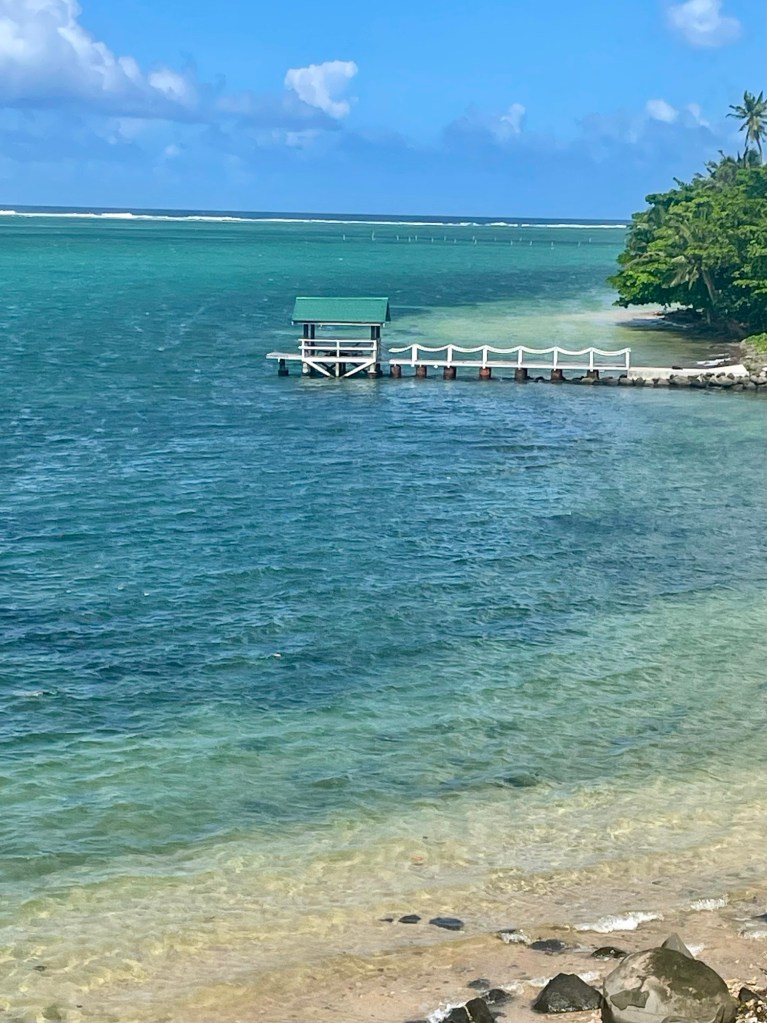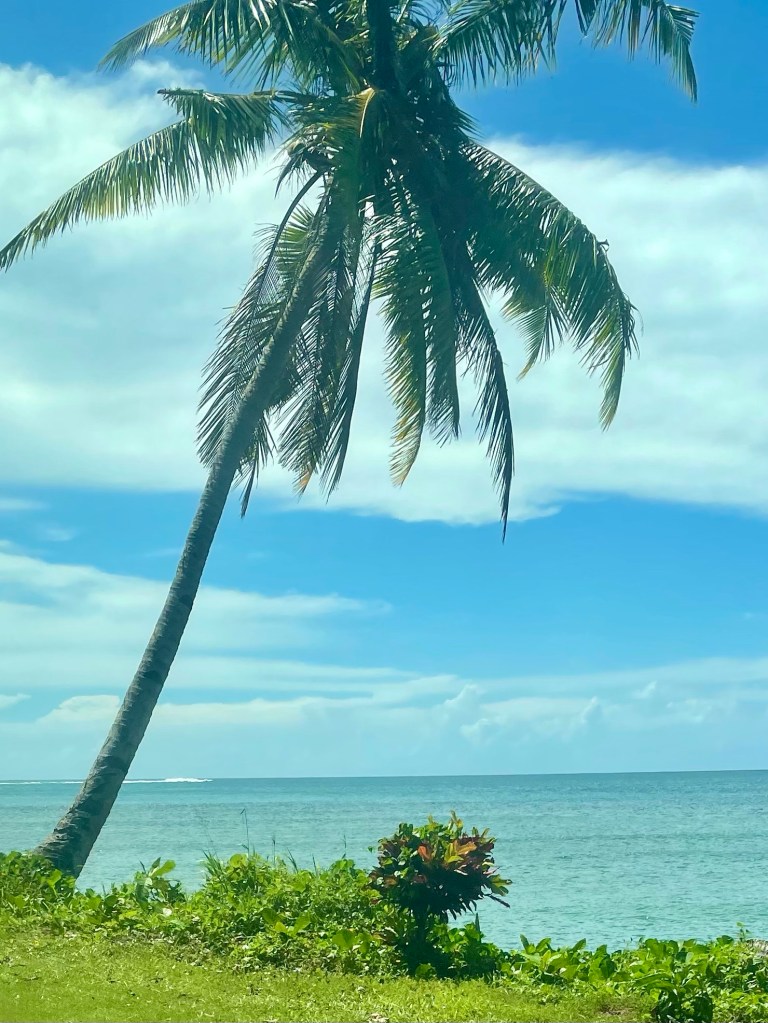We’re hopping again today. Our escapade kicked off with a return to Booderee National Park where we turned into kangaroo whisperers yesterday.



I felt like I shortchanged the wallaby yesterday, barely giving them a nod. So, in the spirit of fairness, I’ll give them the attention they deserve.

The differences between a wallaby and a kangaroo (based on my observations): (1) wallabies are a chic dark brown as opposed to the roo’s casual grey; (2) they’re fun-sized, about a third of a roo; (3) they’re introverts (each I saw was alone); and (4) they prefer the isolation of dense brush.

Next on our agenda was a pit stop at a golf course on Sanctuary Point. 400 kangaroos roam the course…allegedly. We spotted a few from the side of the course, but they were across two fairways and not close enough to get a good pic. A local golfer enlightened us that while it’s a big no-no to whack a kangaroo, swearing at them is perfectly acceptable. It’s important to know local wildlife etiquette!
Our next destination was Pebbly Beach, nestled in the Murramarang Nation Park. Pebbly is renowned for its resident kangaroo population, which is often seen grazing near the shoreline or resting on the sand. Imagine the scene: 30 kangaroos lounging on the sand, chillin’ like a villain. Utterly amazing.



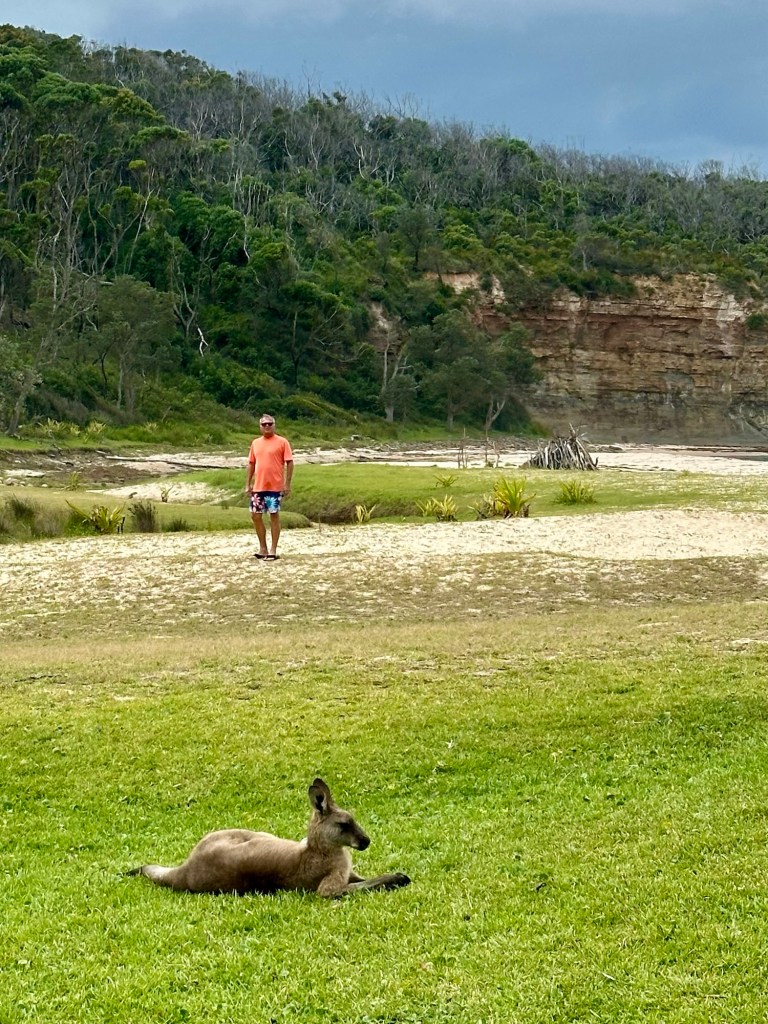
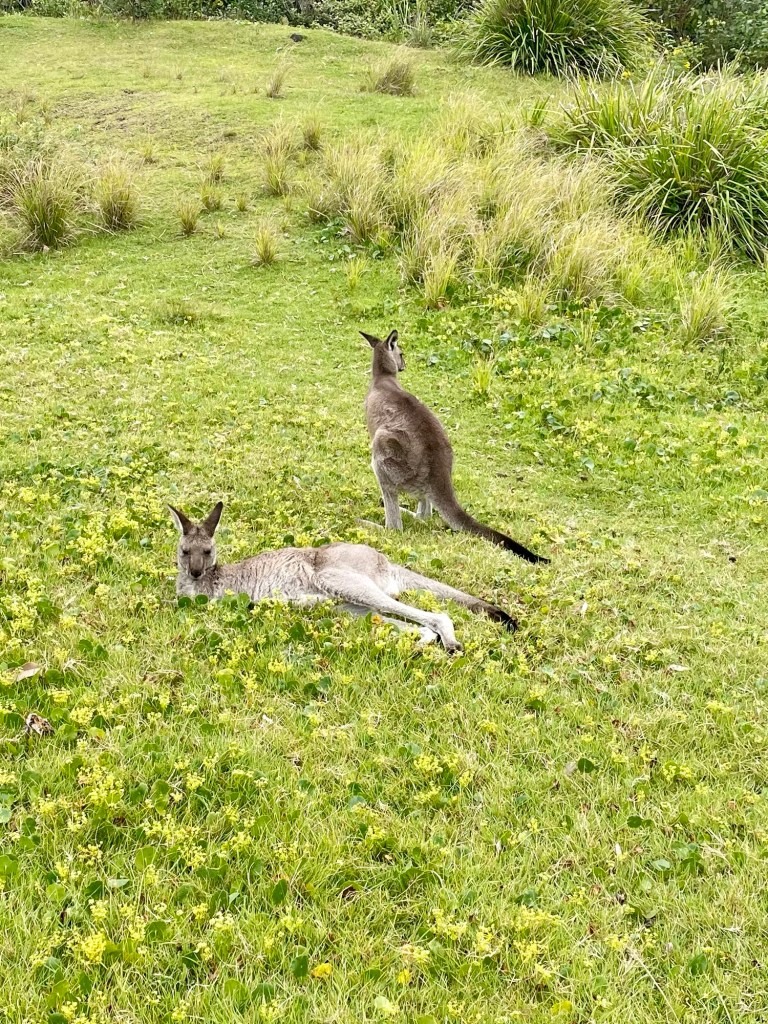

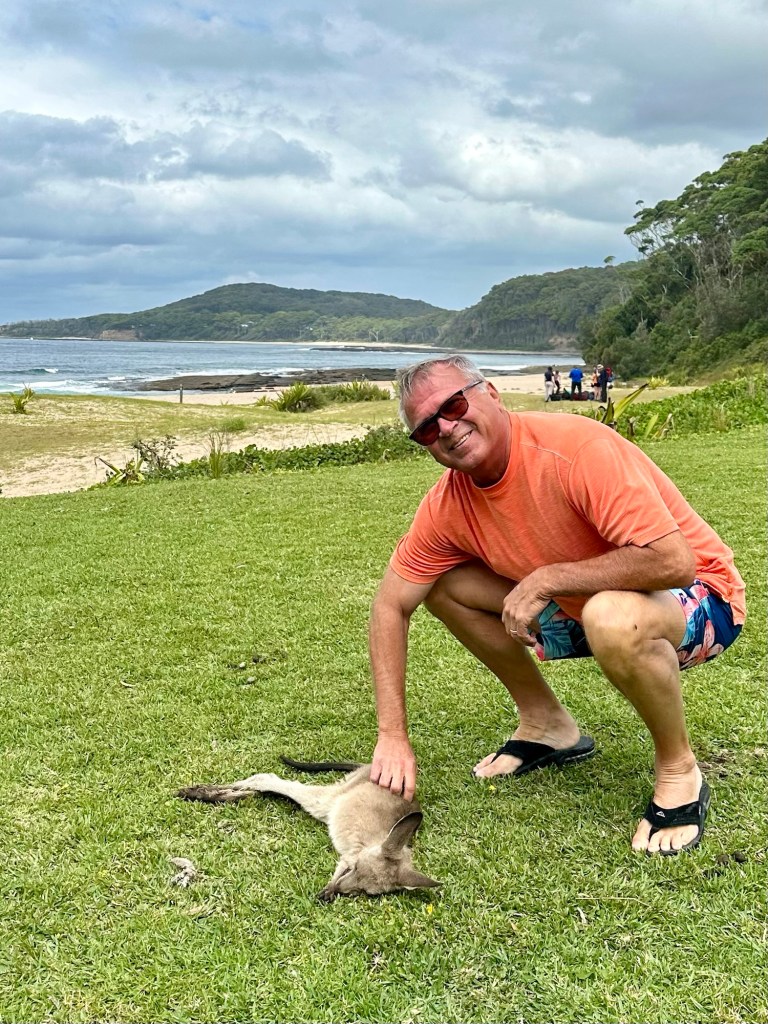
After that, it was time to navigate our way back to Sydney. I forgot to mention that this was my first time driving on the wrong side of the car in the wrong lane. The most complicated part of that is that the blinker and windshield wipers are on the opposite side of the steering wheel. I’ll just say our windshield was wiped clean, and some Aussies were pissed at me for not using my blinker.
There will be less hopping and more walking tomorrow.
Gotta get my rest. G’night, mates.



